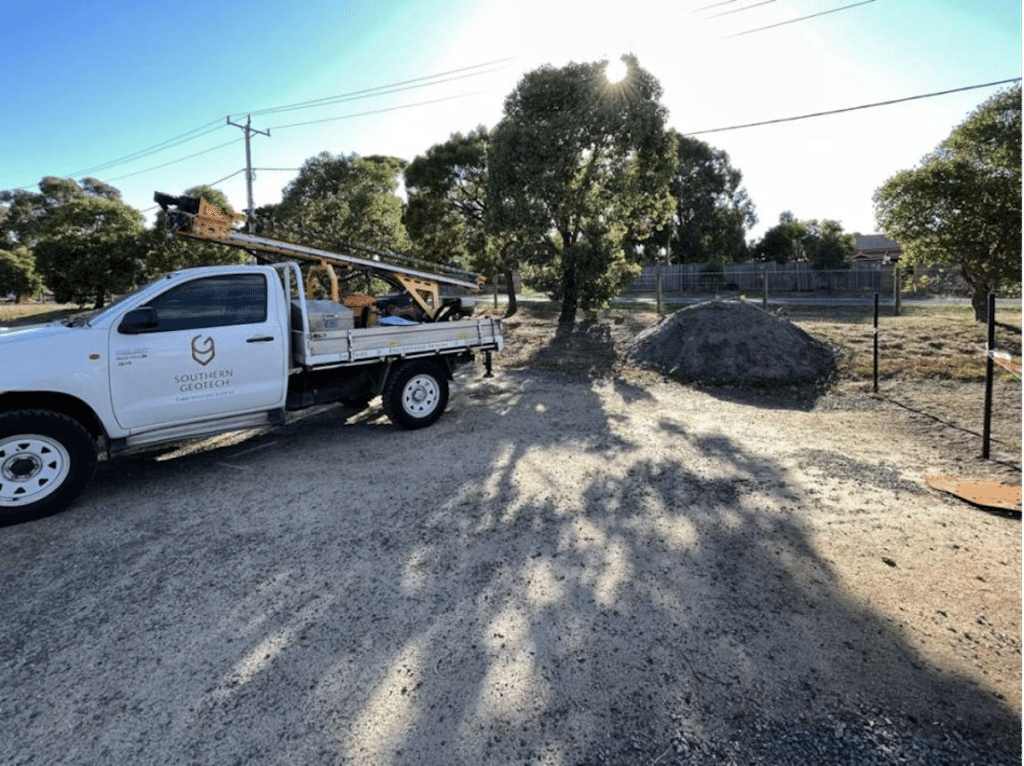Understanding Site Classification Reports: Why They’re Crucial for Your Construction Project
When planning a new build—whether it’s a single dwelling, unit development or even a larger commercial project—one of the most critical early steps is securing a Site Classification Report. This document helps ensure the structural integrity of the future building by identifying how the soil on your site will interact with its foundations. For any builder or property developer, understanding the value of this report is essential to avoiding costly mistakes down the line.
If you’re starting a project and need reliable soil analysis, engaging professionals who offer comprehensive soil testing Melbourne services is a smart move. Melbourne’s soil types can vary significantly across the metro area and into regional zones, making local expertise particularly important when producing accurate and compliant Site Classification Reports.
What Is a Site Classification Report?
A Site Classification Report, often required as part of a building permit application, categorises a block of land based on the soil’s reactivity and load-bearing capacity. These characteristics influence how much the soil may move (expand or contract) due to changes in moisture levels. Movement in the soil can lead to foundation damage, cracking, and long-term structural problems if not properly accounted for in the design.
In Australia, these reports are prepared in line with the Australian Standard AS 2870 – Residential Slabs and Footings, ensuring consistency and safety across construction projects.
Why It Matters for Construction
Site classification directly impacts engineering and architectural design decisions. For instance:
- A site with highly reactive clay will require reinforced or deeper footings.
- Sandy soils may need different slab designs to ensure stability.
- Sloping blocks might necessitate retaining walls or specific drainage solutions.
Without a proper understanding of the subsurface conditions, the building could suffer from differential settlement—where one part of the structure sinks more than another—leading to cracks in walls, uneven floors, and long-term durability issues.
How Is the Report Prepared?
A geotechnical engineer or soil technician conducts a soil investigation which typically includes:
- Borehole drilling or test pits to retrieve soil samples at various depths.
- Laboratory testing to determine soil composition, moisture content, and density.
- Visual assessments of the site’s slope, vegetation, and drainage.
Based on these observations and test results, the site is classified into one of several categories, such as:
- Class A (Stable, non-reactive)
- Class S (Slightly reactive clay)
- Class M (Moderately reactive clay)
- Class H1/H2 (Highly to extremely reactive clay)
- Class E (Extremely reactive soil)
- Class P (Problematic – requires further investigation or custom design)
The Cost of Skipping Site Testing
Some builders or developers may be tempted to rely on generic soil data or previous reports from nearby properties. However, even neighbouring lots can have vastly different soil profiles. Failing to undertake site-specific classification risks incorrect foundation design and potential non-compliance with local council or building regulations.
In the long run, the cost of rectifying structural damage will far exceed the upfront investment in proper soil testing and site classification.
When Should You Get a Site Classification Report?
Ideally, the report should be completed prior to finalising the design or seeking a building permit. This allows engineers to incorporate appropriate footings or slab designs from the start and helps avoid revisions or delays in construction.
Site classification is particularly important in areas where soil movement is known to be an issue, such as Melbourne’s outer suburbs and regional areas where clay-based soils are more prevalent.
Who Should Conduct the Testing?
For accurate, reliable reports, it’s best to engage qualified geotechnical engineers or soil technicians with strong local knowledge and experience in Australian Standards. Look for providers that offer clear reporting, fast turnaround times and who are familiar with local council requirements and permit processes.
Having a trusted professional conduct your soil investigation not only helps in the design stage – it also provides peace of mind knowing your build is being carried out on solid ground.
Final Thoughts
A Site Classification Report isn’t just a regulatory checkbox—it’s a critical document that shapes the safety and longevity of your construction. Investing in high-quality, accurate testing helps you build with confidence from the ground up.
Whether you’re constructing a new home, townhouse development or commercial facility, make sure your plans are supported by trusted geotechnical insights fr

